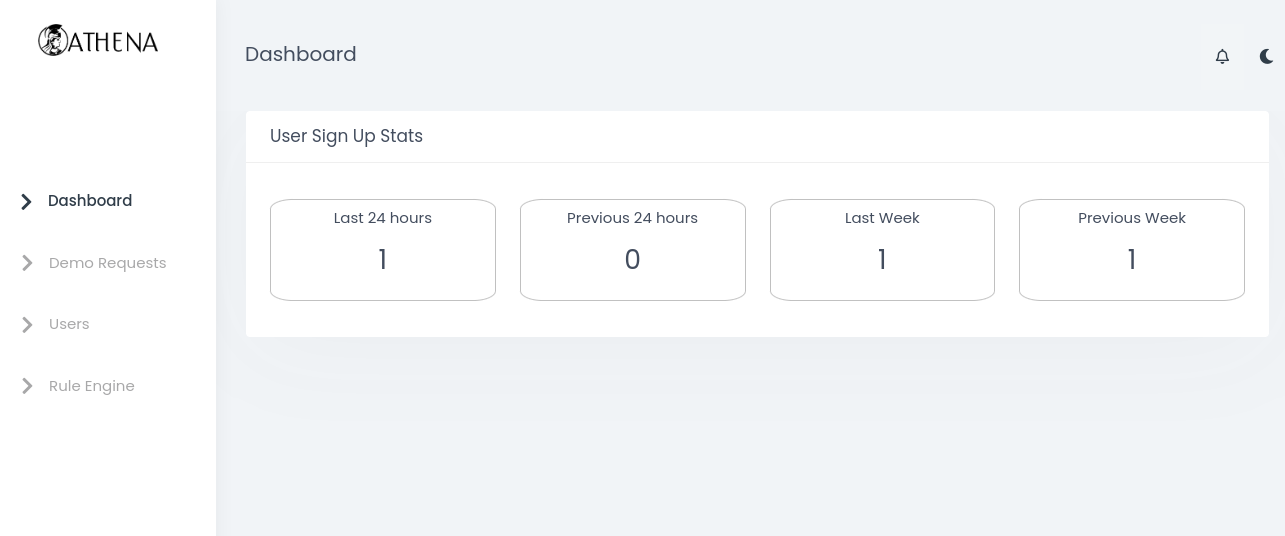Athena Dashboard
Having a nice dashboard when you log in to Athena can be extremely helpful. Everyone wants to have a cool dashboard.

To create a section you need to create a class that extends Parthenon\Athena\AbstractDashboardSection.
Methods
A dashboard section has a few methods that define what is going to be displayed on the dashboard.
getTitle
This provides the title that will be displayed. This title is ran through the translation system so you can put a translation id.
getTemplate
This provides the location of the template file. Athena uses twig to display the site, so you need to use a twig template.
getTemplateData
This provides the variable data for the twig template. This allows you to put in dynamic data.
getColumnSize
This allows you to define how wide the section is. Athena uses the css bootstrap framework and the grid system is being used. The size of a column can range from 1 to 12. 12 is the entire width and 1 is 1/12 of the entire width.
getPriority
This defines what order the section should be. The lower the priority then the higher it is shown. So -1 will be shown before 0 and 10 afer 5.
isEnabled
This defines if the section should be displayed. true means it is to be shown and false means it should not be shown.
Example Code
<?php
declare(strict_types=1);
namespace App\Athena\Dashboard;
use Parthenon\Athena\AbstractDashboardSection;
use Parthenon\User\Repository\UserRepositoryInterface;
final class Example extends AbstractDashboardSection
{
public function __construct(private UserRepositoryInterface $userRepository)
{
}
public function getTitle(): string
{
return 'parthenon.user.athena.dashboard.signup_stats.title';
}
public function getTemplate(): string
{
return 'athena/dashboard/example-section.html.twig';
}
public function getTemplateData(): array
{
return ['variableName' => 'variable value'];
}
public function getColumnSize(): int
{
return 12;
}
public function getPriority(): int
{
return 1;
}
public function isEnabled(): bool{
return true;
}
}